google glass
Latest
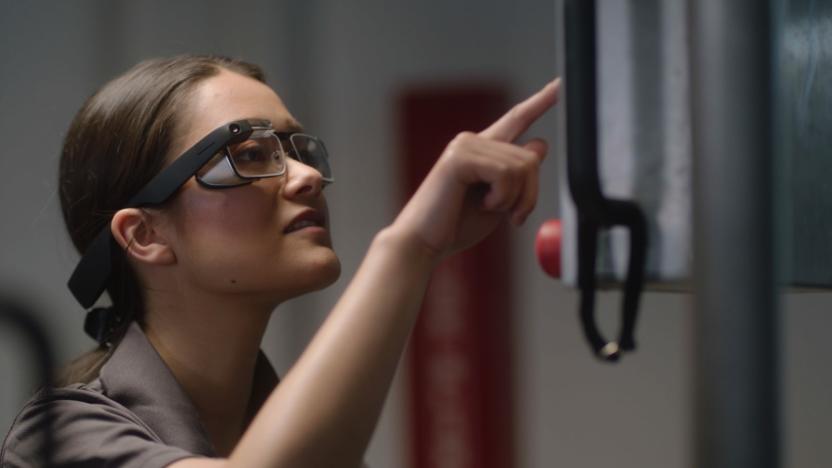
Google makes it easier to buy its Glass headset for workers
Google has announced that developers and businesses can now buy Glass Enterprise Edition 2 directly from its resellers. The third incarnation of Google Glass initially went on sale last May for enterprise customers. While Google no longer considers Glass to be a consumer-focused product, it should be much easier for anyone to get their hands on the latest version if they really want one.
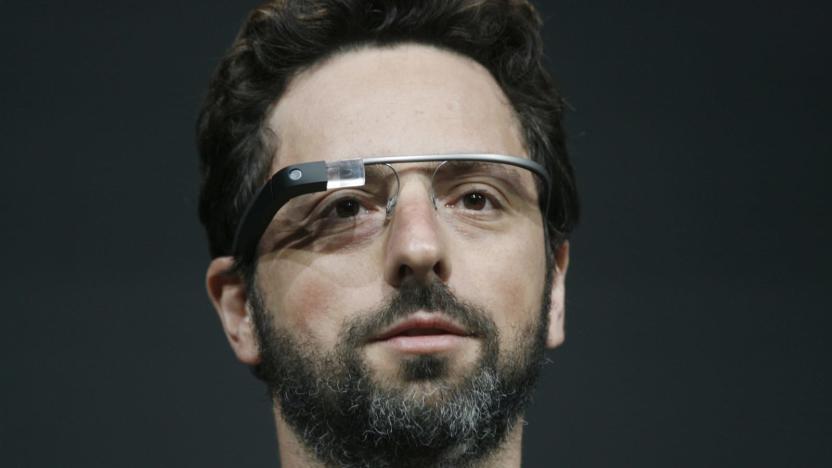
Google is ending support for the Explorer Edition of Glass
Google is rolling out one more update for the Explorer Edition of Glass before cutting off support for its old wearable. The tech giant introduced Project Glass back in 2012, opening it up for preorders for $1,500 each. Despite people raising privacy concerns about its ability to record videos, the company quickly released an upgraded version of the device. It soon decided to change its approach and target businesses, though, releasing an Enterprise Edition of the device in 2017. The company will continue supporting the enterprise version, suggesting that it's doing better than its older sibling.
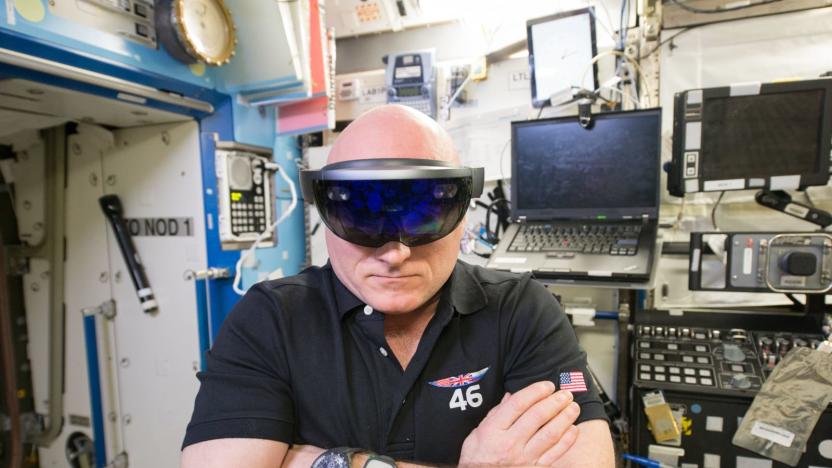
How HoloLens is helping advance the science of spaceflight
AR headsets haven't exactly caught on with the general public -- especially after the Google Glass debacle. Mixed reality technology has garnered a sizable amount of interest in a variety of professional industries, though, from medicine and education to design and engineering. Since 2015, the technology has even made its way into aerospace where NASA and its partners have leveraged Microsoft's HoloLens platform to revolutionize how spacecraft are constructed and astronauts perform their duties while in orbit.
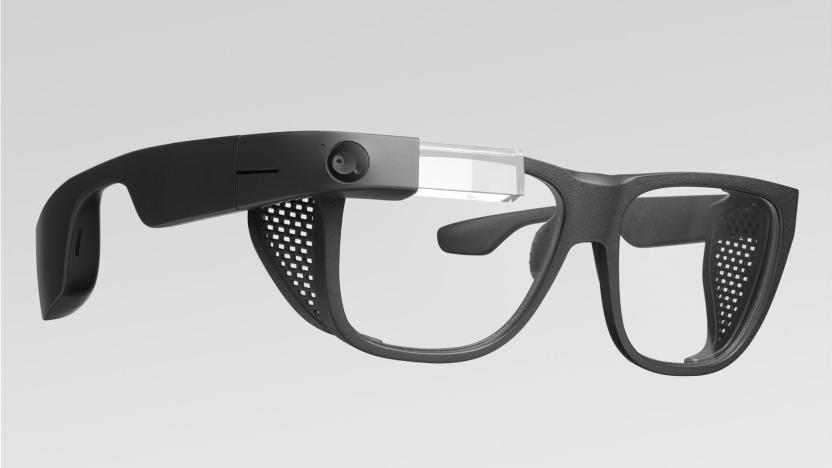
Google's next-gen Glass eyewear lasts longer and runs on Android
The third generation of Google Glass has arrived for tech-savvy workers. Google has introduced Glass Enterprise Edition 2 eyewear that largely sticks to the familiar formula on the outside, but should be far more powerful both in hardware and software. For one, it's "built on Android" -- it should be easier for developers to write Glass-friendly apps, and you can even enroll it in Android's enterprise device management to help IT maintain control. Creators might want to write apps for it, too, since there are some big changes under the hood.
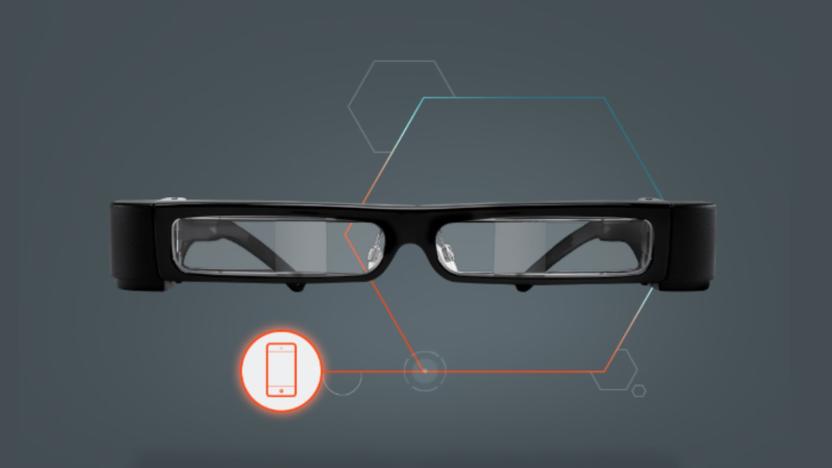
Epson's $500 smart glasses are literally powered by your phone
Smart glasses have been kicking around for more than half a decade now, so it's a bit jarring when a new model is released and they look, well... ugly. Google has already demonstrated that it's possible to build a pair without bottle-thick lenses and chunky frames, and yet the market's newest arrival, Epson's Moverio BT-30C smart glasses, boast exactly that.
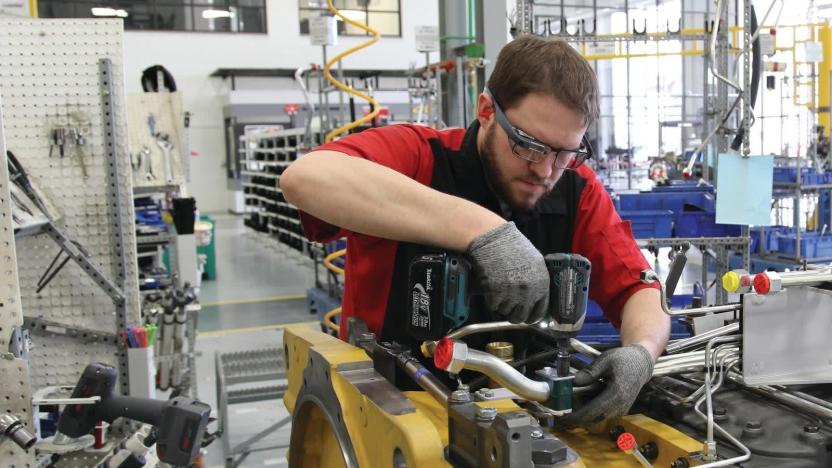
Second-generation Glass Enterprise Edition will use USB-C
A second generation of Alphabet's Glass Enterprise Edition with a USB-C port and 5G capability appears to be in the works, according to leaked photos via Brazilian technology news website Tecnoblog. The photos are from Anatel, the Brazillian FCC, which has approved the latest glasses for use in Brazil. The new generation of Glass Enterprise should have a few notable changes, assuming these photos are indeed of a forthcoming model. First, a USB-C port for charging will replace the magnetic cable in the earlier generation, as we can see in the pictures below unearthed by Tecnoblog.

After Math: Everything is Awesome
It's been a wonderful week for the tech industry. Twitter is finally getting its act together regarding hateful content and Russian election interferences, major industry players released their Q3 earnings (Hint: They all made boatloads of money), and the FBI continues to prove that your phone's encryption can withstand their hacking attempts. Numbers because how else will you know how many highs to five?

The US Navy just put a futuristic HUD in a diving helmet
Augmented reality (technology that uses screen-embedded eyewear to overlay the real world with information, images and more) isn't quite ready for mainstream consumers -- but it's almost ready for the diving community. The US Navy says it's developing a high-resolution, heads-up display embedded in a diving helmet. It's called The Divers Augmented Reality Display, or DAVD for short.

Daily Roundup: Microsoft leaks, lens cameras and more!
In today's Daily Roundup, we look at a Microsoft document leaked in 2012 that foreshadowed the Xbox One and HoloLens, take a look at a new lens camera for smartphones from Olympus and discuss the US Navy's new firefighting robot. All that and more can be found past the break.

Sling TV's success, selfie brushes and other stories you might've missed this week
This week has been a doozy: We got an update on Google's Project Ara, learned about the possible future of television from our Best of CES winner, watched a Beachbot draw Disney characters on the shoreline, oh, and did we mention our hands-on with a selfie brush? (C'mon, you know you're at least a little intrigued.) Details on all these things and more could be yours -- simply read on past the break.

Daily Roundup: Google Glass, Xiaomi phones, 2015 expectations and more!
The Google Glass experiment is over, but that doesn't mean Glass is finished. Nest co-founder Tony Fadell will take the reigns as Google builds the next generation of its head-mounted display. Meanwhile, Xiaomi continues to make waves with its lineup of impressive hardware that look, well, suspiciously familiar. With CES finally behind us, we share some of the things we're looking forward to in 2015. All that and more in today's Daily Roundup!

Check out our latest wearable buyer's guide
Since we first posted our buyer's guide this summer, one of the most awaited wearables, the Moto 360, was released and is now starting to encircle the wrists of Android users everywhere. While it did have some battery woes at launch, recent software updates have addressed the issue, keeping this definitively watch-like device as one of our top selections this year. It's obviously not the only quantifying and notifying option out there, so for a quick refresher on some of our other top picks you can head to the gallery below. You can also check out our full listing of phones, laptops, tablets and wearables that could help flesh out your holiday wishlist. There's still more to come over the next few months, and we'd love to hear your input (in the comments below) on what items you'd like to see included.

Action cameras: an extreme point of view
Not everyone wants to be in the driver's seat when it comes to experiencing extreme action -- in fact, most people prefer to do it remotely. But with today's ultra-small wearable cameras and high-def resolutions, the less outdoorsy among us can experience a bit of the rush without any of the broken limbs. The action camera tech we now use is the product of decades of experimentation by fearless filmmakers and adrenaline junkies alike. Join us in the gallery below as we explore the emergence of the action camera from its clunky early days to today's go-anywhere POV devices.

Edinburgh becomes the first UK airport to openly trial Google Glass
Google Glass is still a rare sight in the UK, but it's proving popular amongst brands and businesses, especially when customer service is involved. Virgin Atlantic previously used the headset to welcome passengers to Heathrow, but only now is it making it's airport debut in Scotland. Edinburgh Airport today announced plans to equip its customer service teams with Google's smart eyewear, becoming the first UK airport (not airline) to use it on the front line. Staff will be fed real-time flight information, language translations and information about the local area, allowing them to provide assistance to travellers throughout the airport and not from behind a check-in desk. The airport says it will test Glass until December, meaning you might hear the phrase "OK Glass" if you find yourself, like many recent Ryder Cup golfers, passing through Scotland's busiest terminal in the coming months.

Sony's SmartEyeglass prototype makes Google Glass look chic
As Sony's smartphone division continues to struggle, the company is working out what it needs to return to profitability. Does it concentrate on the high-end market dominated by Apple and Samsung, or does it try to appeal to customers looking to get their very first smartphone? One thing you might not expect is for the company to push forward with the release its own smart eyewear, a Google Glass clone of sorts, that connects to its devices to superimpose images, videos and text into the wearers view. "SmartEyeglass," as it's known, looks like a bulky pair of 3D glasses that have been modified to include a 3-megapixel camera, accelerometer, gyroscope, compass, brightness sensor, a microphone and a pretty large battery pack.

How would you change Google Glass (Explorer Edition)?
It's always tough asking for people's opinions on a device when so few instances of the hardware are available. Even a year after its release, getting hold of Google Glass (Explorer Edition) is a long and expensive process that few outside of the tech fraternity will bother with. Still, we're fairly sure that plenty of you have at least tried a pair on - the last time we were in the same city as Alexis Santos, he was stopped every five minutes by curious passers by. Now, when we forced Mr. Tim Stevens to review it, he said that Google Glass was a fascinating prototype, with plenty of potential, but unless you're the sort of person who would describe $1,500 as chump change, you should steer clear. The two-hour battery life wasn't ideal, and there were more than a few privacy concerns that, in hindsight, have been borne out. Personally, the most exciting feature for me was the navigation coupled with the bone-conducting headphone, and there's nothing greater than having directions beamed directly into your cranium. Still. The question here is simple: if you had a meeting scheduled with Sergey Brin, what would you tell him (on our product forum) to change for version two?

Where do you want to wear your "wearable tech"? [Poll]
Samsung and several other companies have smart watches, and an even larger group of manufacturers make wrist-mounted activity trackers. But is the wrist really the right location for wearable technology? We want to know, so we're asking the experts -- you! Take our poll, then feel free to leave a comment below if you have another idea of where wearable tech can reside on the human body (keep it clean...). The photo at the top of this post, by the way, is from Associated Press and shows three models at a Piper Jaffray event in 2000 displaying "futuristic wearable and wireless gadgets that will allow people to access the World Wide Web anywhere anytime". Where do you want to wear your "wearable"?

Tesco's prototype Glass app lets you order milk by looking at the barcode
While supermarkets have gone mobile to help you order bread and milk while on the go, wearable tech has remained largely unexplored. Not wanting to be left in the chilled section, Tesco gave its R&D boffins Google Glass and tasked them with helping customers order their groceries while barely lifting a finger. The result was a new prototype Glass app that lets the wearer scan a barcode to quickly add products to their virtual basket or find out their nutritional information. Tesco admits that it would struggle with the rigors of a weekly shop, but says the app perfect for "micro interactions" -- i.e. that time when you realise you've just used the last piece of toilet roll.

eBay brings its RedLaser barcode-scanner app to Google Glass
You might know eBay as the website where you can buy a rare NES game for a hundred grand, but the company also has its own barcode scanner, called RedLaser. It's been out on Android and iOS for a while, and now the company is bringing it to Google Glass, allowing you to quite literally buy whatever you set your sights on. Like the existing app, the Glass version scans barcodes and spits back a list of current prices at different retailers. From there, you can find a brick-and-mortar store nearby, complete with directions, if you need them. And, of course, like any good online retailer, eBay will show a list of related products, similar to whatever it is you just searched for. All told, we're guessing you can probably spare a few minutes to stop what you're doing and use the phone app instead, but let's be honest: Scanning stuff with your eye sounds pretty fun. Just be aware, though, that if you want to purchase something, you will in fact have to pick up your phone -- the app will send an email notification to your mobile device so you can complete the transaction. [Image credit: Angel Navarrete/Bloomberg via Getty Images]














